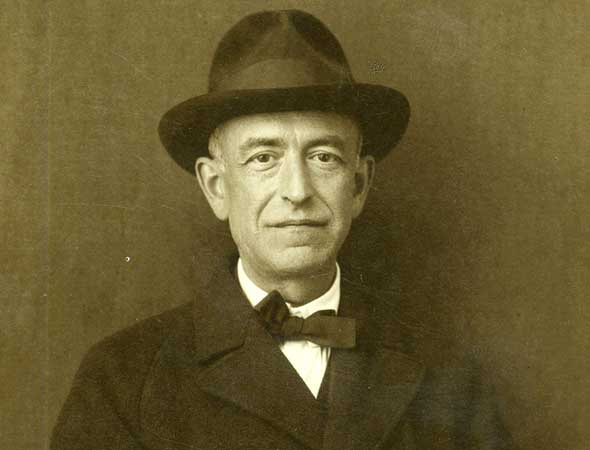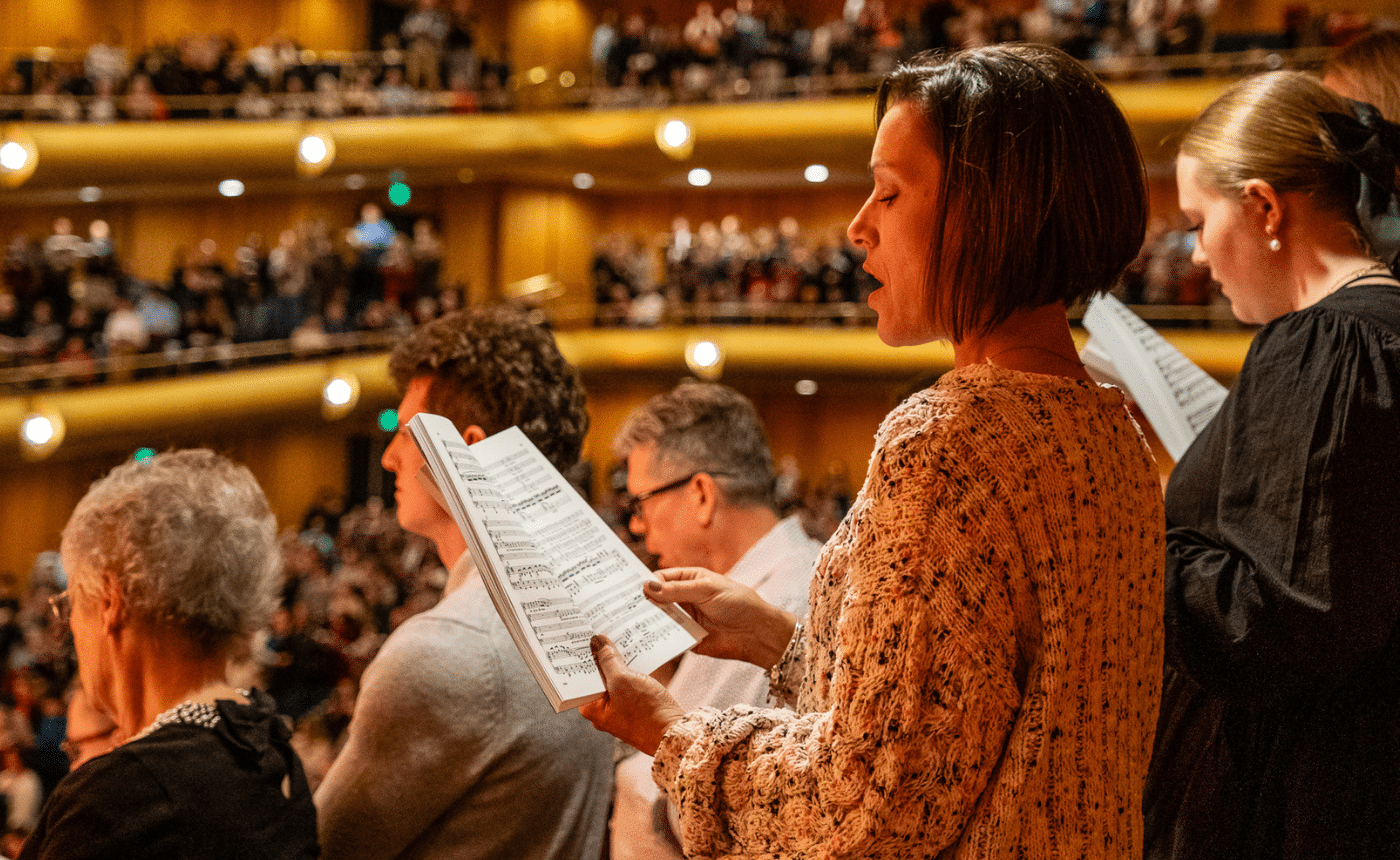FALLA: El sombrero de tres picos (The Three-Cornered Hat)
Instrumentation: 3 flutes, 3 oboes, 2 clarinets, 2 bassoons; 4 horns, 3 trumpets, 3 trombones, tuba; strings; percussion.

Manuel de Falla
Lovers of Spanish classical music, including the author of these notes, are liable to get tongue-tied when trying to articulate what makes it special. But this much can safely be said: while other intoxicants can lead to a stuporous, trance-like state, the music of Manuel de Falla has the opposite effect. Colors are brighter, rhythms are crisper. As you listen, your passions start to smolder and soon to burn outright. And then, suddenly, what is this? You feel seized by the urge to stand, square your shoulders, arch your back, and dance!
Falla was one of the late-Romantic composers who emerged in the outpouring of nationalist cultural expression before the Spanish Civil War. With his compatriots Albéniz, Granados and Joaquin Rodrigo — latter-day champion of the concerto and revivifier of Spain’s love-affair with the guitar — he captured the very soul of Spain in his music. How much of Falla’s unique sound can be attributed to his own genius, and how much to the influence of Spain-besotted Ravel and Debussy, whose work he knew and admired? It’s difficult to guess. Falla’s unexpected modulations and chromatic inventiveness, which invoke close, complex chords and diminished intervals in fantastically expressive ways, can be inferred from the harmonic vocabulary of the French Impressionist composers. But Falla’s sound! Where Impressionist music shimmers with elegant translucency, Falla’s burns with intensity, bright colors and the brilliance of the Iberian sun. And we can hear it all in El Sombrero de tres picos, “The Three-Cornered Hat.”
In fact, the genesis of this ballet score is as romantic as the love story upon which it is based, unfolding at a time when collaborations of genius in the arts seemed as intimate and collegial as friends meeting for drinks and tapas. The original story, which Falla set as El corregidor y la molinera (“The Governor and the Miller’s Wife”), incorporates staples of Spanish storytelling: a corrupt, lying magistrate; an honest, resourceful miller; his beautiful, faithful wife, whom the magistrate tires to entrap romantically through the dishonest use of his power; and a happy ending in which honest folk triumph over the powerful.
When he saw a performance of this brief, two-scene ballet scored for small chamber orchestra in 1917, impresario Sergei Diaghilev of the Ballets Russes asked Falla to expand his conception to encompass a full-length ballet. The result, in two acts scored for full orchestra, was El sombrero de tres picos. Three guesses who wears the pretentious triangular headpiece. The original Ballets Russes production, which toured for years, is the stuff of which legends are made: The choreography was by Leonid Massine, who danced the role of the miller; the sets and costumes, striking in black and white, were designed by Falla’s fellow-Spaniard Pablo Picasso. Ernest Ansermet conducted the premiere.
On stage, the two acts of El sombrero de tres picos last about half an hour and are performed by a mezzo-soprano as well as full orchestra and dancers. From this full complement, two suites for orchestra have been derived, with the Suite No. 2 by far the more popular, but the full ballet score works marvelously in the concert hall as well as in staged versions. The first dance we hear is the Dance of the Miller’s Wife, an alluring fandango; small wonder she spurs the rest of the action.
Part II begins with The Neighbors’ Dance, a seguidilla (a dance rhythm familiar to lovers of Bizet’s Carmen), and in its opening fanfare we can hear centuries of Spanish guitar music, Flamenco dancing and bullfighting. The intensity only builds through the Miller’s Dance, in which the miller portrays both bull and bullfighter in a fury of athleticism, and into a Flamenco farruca, an almost ferociously intense dance in 4/4 time. In the final dance, a traditional Spanish jota, the time signature vacillates between 3/4 and 6/8, but the triumphant mood of the music leaves no doubt as to the ballet’s celebratory outcome. We can hear the fierce pride of the miller and his wife in the notes, and it’s all we can do to keep from stamping our feet along with them.












